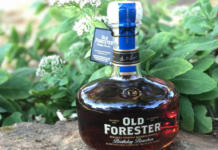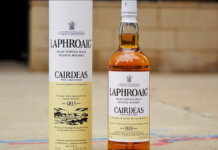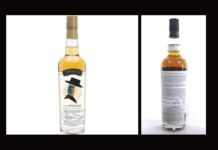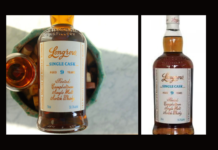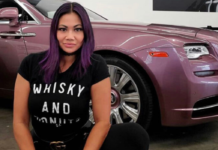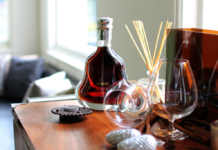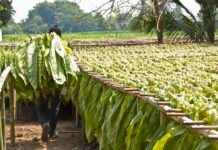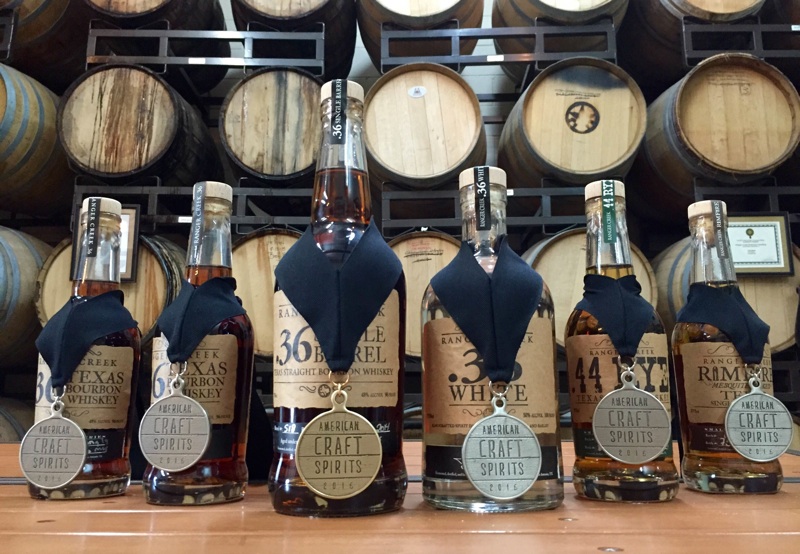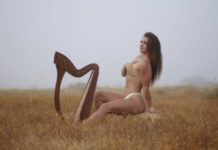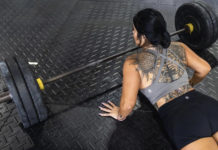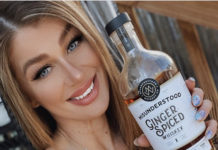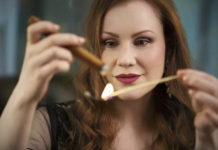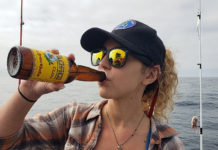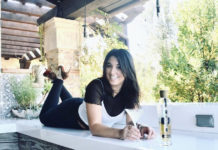We’re maturing bourbon in traditional big barrels. This bourbon will eventually be our flagship product, but it takes years to fully mature. As a matter of fact, in order to be called Straight Bourbon, a bourbon must be aged for a minimum of two years. We’re one of the first distilleries to make bourbon in Texas (legally, anyway), so we’re not sure exactly how long it will take the big barrels to mature. But we’ll figure it out and be sure to let you know when it’s ready! We anticipate release in 2014, but we can’t rush Mother Nature. In the meantime, we have some delicious Small Caliber Series whiskey to enjoy. Tastethedram spoke to Mark McDavid the co-founder and proprietor of the Whiskey distillery.
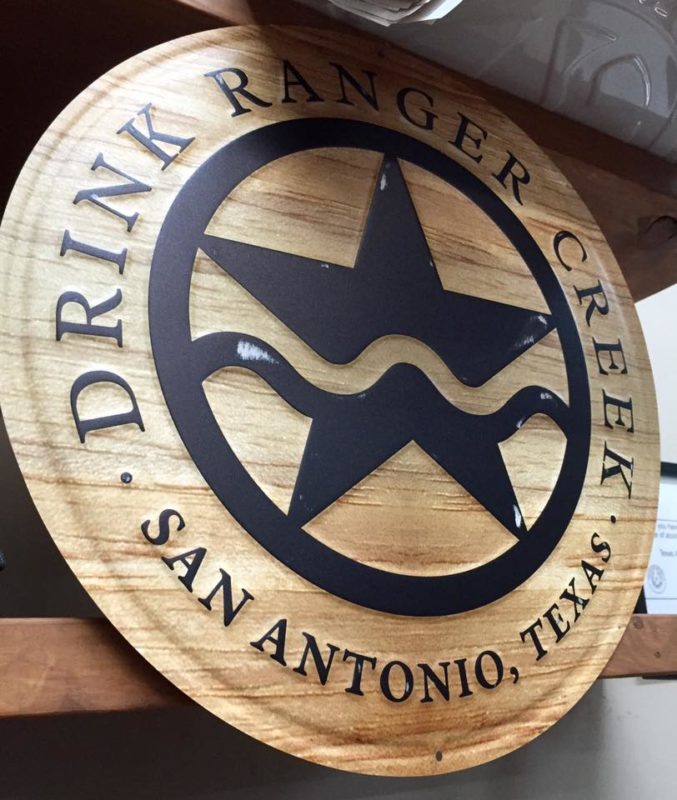
Mark, I would like to kick off by asking what the backstory is to setting up the Ranger Creek Distillery, how you came to be involved and what drew you to the project?
MM: I met my two business partners (TJ and Dennis) in corporate America. We had just received our MBAs and had a shared passion for beer and whiskey. We began homebrewing together and drinking craft beer. When we tried to find craft beer brewed in San Antonio at our favorite bar, we realized there was none. So we decided to start a brewery. Then we realized that you could make bourbon in Texas, and we loved that idea, too. Instead of picking one or the other, we figured out how to do both.
Tell us about the name. What did you first envision for the distillery?
MM: Ranger Creek is an actual creek here in San Antonio. We envisioned naming our company after something local since we’re committed to using local ingredients, and we also wanted our company brand to represent a cattle brand. When we found Ranger Creek, that all came together perfectly. You’ll notice our brand is the Texas ranger badge with a creek running through it.
There are many challenges to setting up a new distillery. Did you have any prior experience that you feel helped you do it successfully? Can you share some of the challenges that you had.
MM: Wow, we had lots of challenges, especially because we are a brewstillery and had to open a brewery and distillery at the same time. No, none of us had prior start-up experience, just MBAs. I do think our education helped us raise money the right way and get the right kind of investors, which is very important. Also, entrepreneurs are good at planning for worst case scenarios, but you also have to plan for success. Have a plan to grow quickly if things are going well because maintaining the momentum that you’ve worked so hard to create is imperative.
Your favorite thing about going into the distillery each day?
MM: I love working on our new ideas. New product releases, expanding our tasting room, and creating a whiskey club are all things I’m excited about right now. I also love educating people. Even after 6.5 years, I still come in almost every Saturday so I can lead a tour. I did take one Saturday off in 2015 so I could get married.
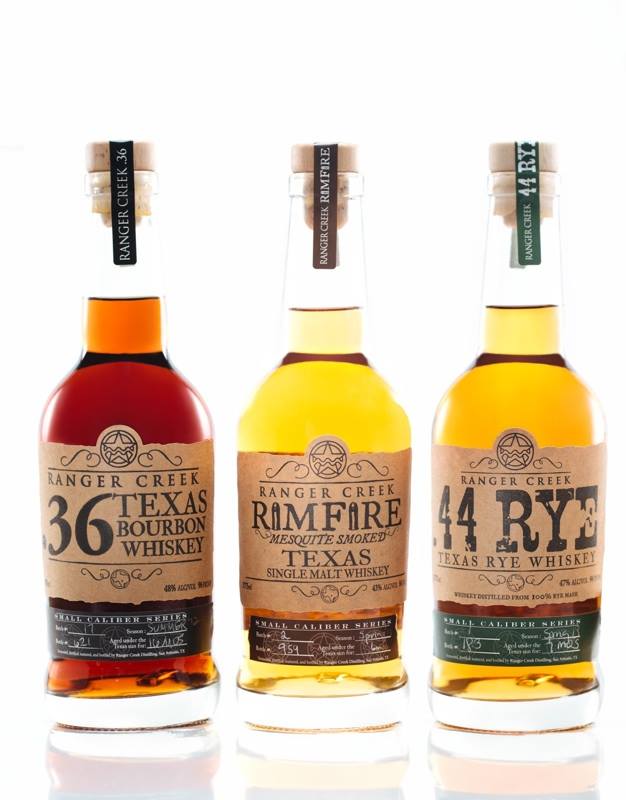
What whiskey expressions do you currently produce, and how are they all different?
MM: We currently have 4 different expressions. Our lead product is our .36 Texas Bourbon, which is made to be a regionally distinct variation of Kentucky Bourbon that has its own Texas terroir. Rimfire is our Mesquite Smoked Single Malt that’s made in the style of scotch but smoked with mesquite instead of peat. It’s our most complex and unique whiskey – there’s nothing else like it out there. .44 Rye is our sipping rye made form 100% rye and aged non-traditionally to really showcase the grain. And .36 White is our white dog, which is the only whiskey we make that we’ll encourage you to use in cocktails.
What are the most important factors affecting whisky distillation? How do you ensure that these are carefully balanced to produce a consistently high quality product?
MM: There are obviously a lot, but I think the one that’s most often overlooked is fermentation. We started as brewers, so fermentation is something we know quite a bit about. Many distillers don’t understand fermentation and have a mindset to just create the most alcohol they can as quickly as possible. This can create hot, unpleasant alcohols that don’t distill well. For anyone that wants to make whiskey, I recommend that they learn to brew beer first. Putting good stuff in the still will make it much easier to get good stuff out of the still.
Is there a flavor profile that you aim to achieve when malting, mashing, fermenting, distilling and maturing?
MM: Yes, of course, but it’s different for each product and part of our “secret sauce”. We don’t do our own malting, but we do smoke our own grains in a cold smoke process that we do in a huge smoker built out of a 20 foot shipping container. We do ferment pretty low, make our cuts tight, and age our whiskey until its fully mature. If we run out of whiskey and the next barrels aren’t mature yet, we just live with it.
Does the geographic location and the weather affect the maturation of the whiskey? Also do you source the ingredients locally?
MM: Yes, we are big believers in terroir, and for whiskey that’s going to come primarily from your climate and secondarily from your grain. The intense heat in San Antonio ages our whiskey pretty quickly, but our annual angel’s share is really high, so it comes out in the wash. All of our corn comes from Texas. Rye and barley haven’t been grown here until recently, so we are just now starting to be able to source those grains locally, too. We’re very excited about seeing the results in a couple of years.
What are your hopes for the distillery 5 years from now? What do you want to be known for?
MM: We are proud to be working with some other great distilleries to put Texas on the map as a great place for craft whiskey. I want us to have a Texas Whiskey Trail so we can formalize that. Our unique offerings are helping craft beer drinkers enjoy craft whiskey and doing experiments to explore new ideas with whiskey. We’ve been working on our barrel experiment for 6 years, which will allow consumers to taste the same bourbon aged in innovative small barrels and in traditional large barrels. It will finally be launched in April, so we’re very excited about that.
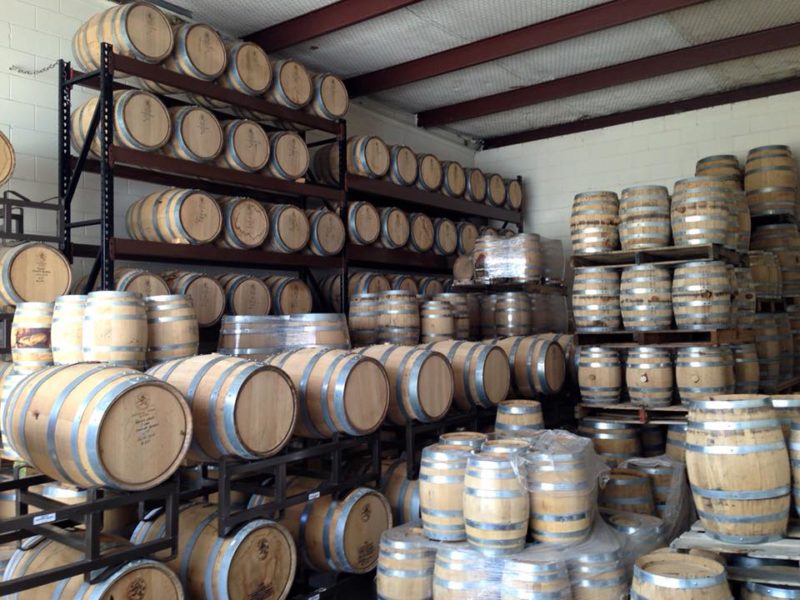
How do you expand your whiskey nationally? Any plans to do so?
MM: No, and I don’t recommend that other craft distilleries do so either. Sell every drop you can in your home market or directly out of your distillery. Make sure you have your backyard taken care of really well, then look at other markets in your state. Go into a market making sure you have a plan with your distributor and making sure you can support them with a sales rep, tastings, or POS. We are just now getting into our first market outside of Texas after 6 years. We have plans to be strong in the 6-8 states that sell a lot of whiskey and support craft brands, but we don’t need to be national.
Do you believe now is the most exciting time for a whiskey lover?
MM: Yes and no. There is SO MUCH great craft whiskey out there to try, which is exciting. But there’s also still SO MUCH fake whiskey that’s being sourced and marketed as local. We are in a war with those guys, and we believe that over time we’ll start to win. But right now it’s both exciting and confusing for consumers, and much of the burden is placed on them to figure out the makers from the fakers.
Anything else you’d like to share with our readers?
MM: For those folks that love both beer and whiskey, you’re in good company here at Ranger Creek. For those consumers seeking an authentic brand that makes their whiskey from grain to glass and will be totally transparent with what’s on our label, you can trust any whiskey that says Ranger Creek on it.






